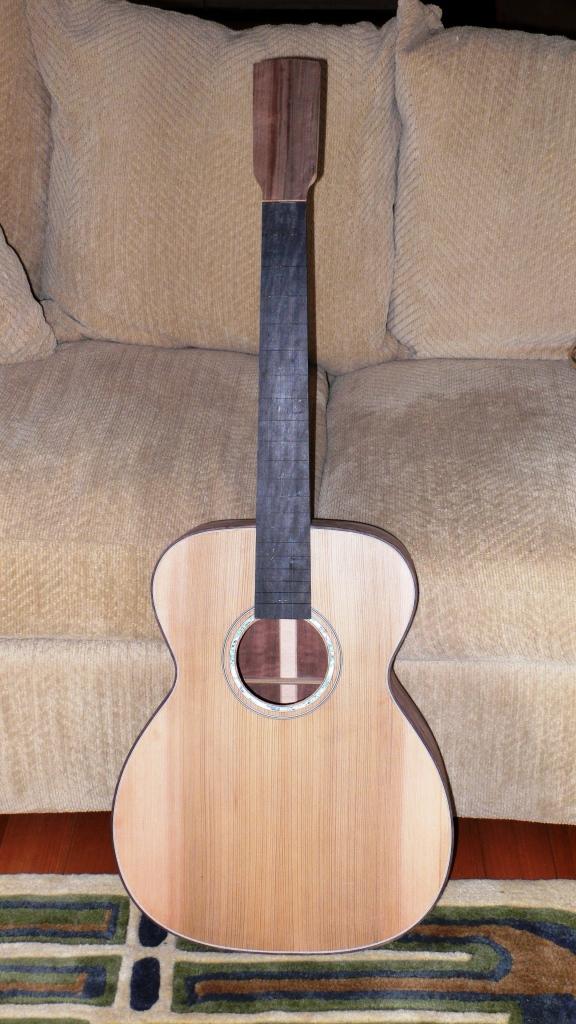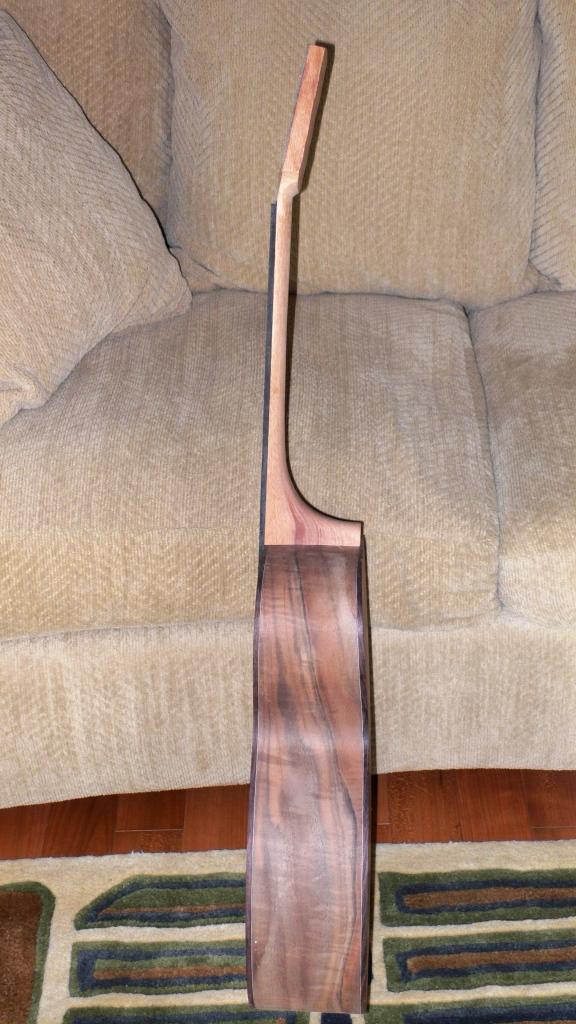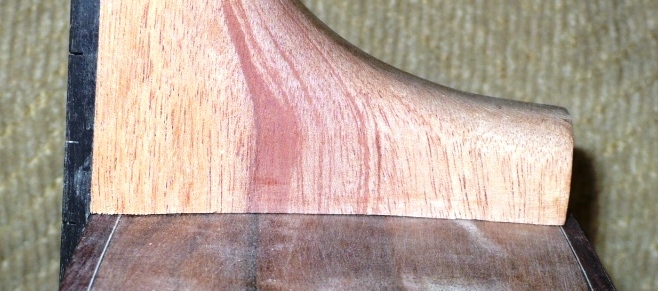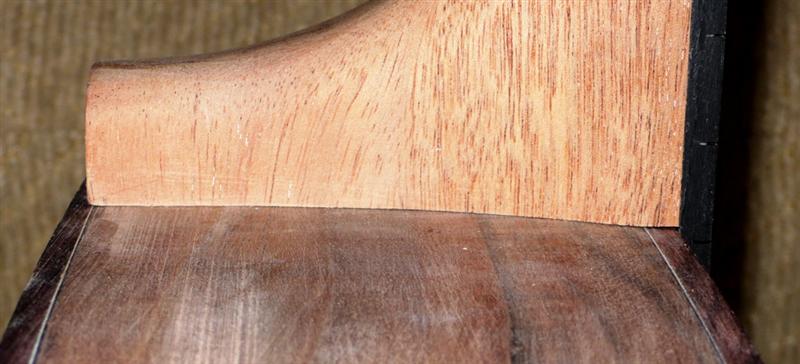Hello,
Well, I've been trying to get a good fit between the neck and the body, and I am having a heck of a time. I've made sure the body is dead flat (top to back) where the neck sits, but as you can see below, I can't for the life of me get a good joint.

One side fits better than the other, and this may provide a clue as to what's happening.

Do you guys have any tips? Man, I'm taking a break for tonight.
Thanks in advance,
Pete




 )
)


 Not alacarte like those other builders...somehow getting all the fixins seems like a better deal! And boy, do my guitars have fixins!
Not alacarte like those other builders...somehow getting all the fixins seems like a better deal! And boy, do my guitars have fixins!